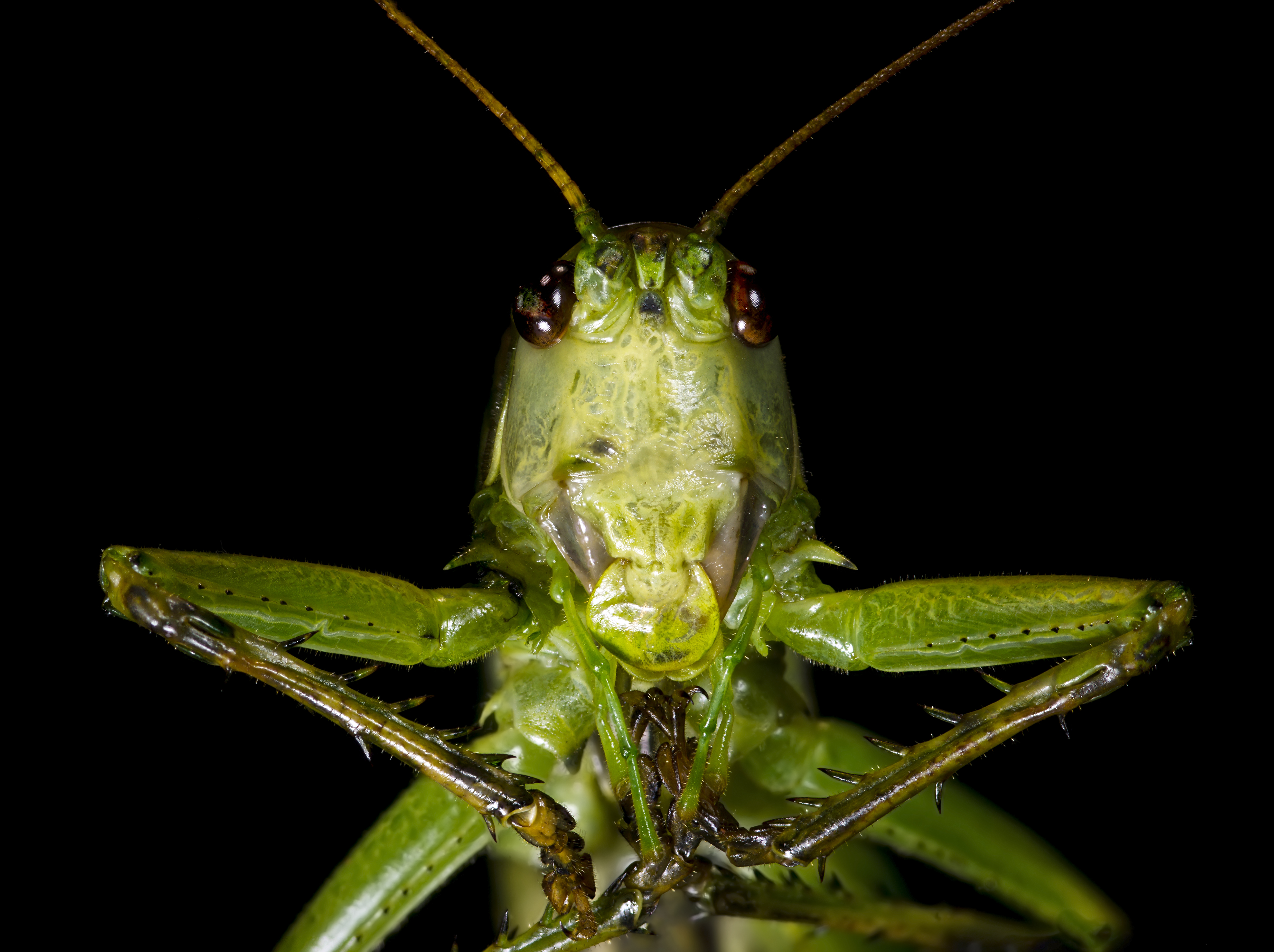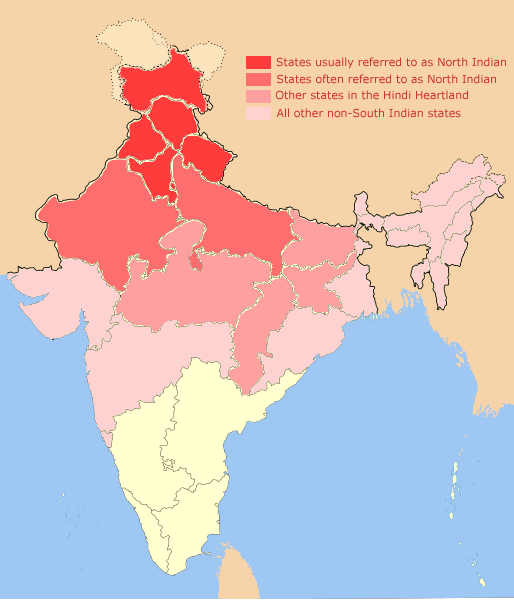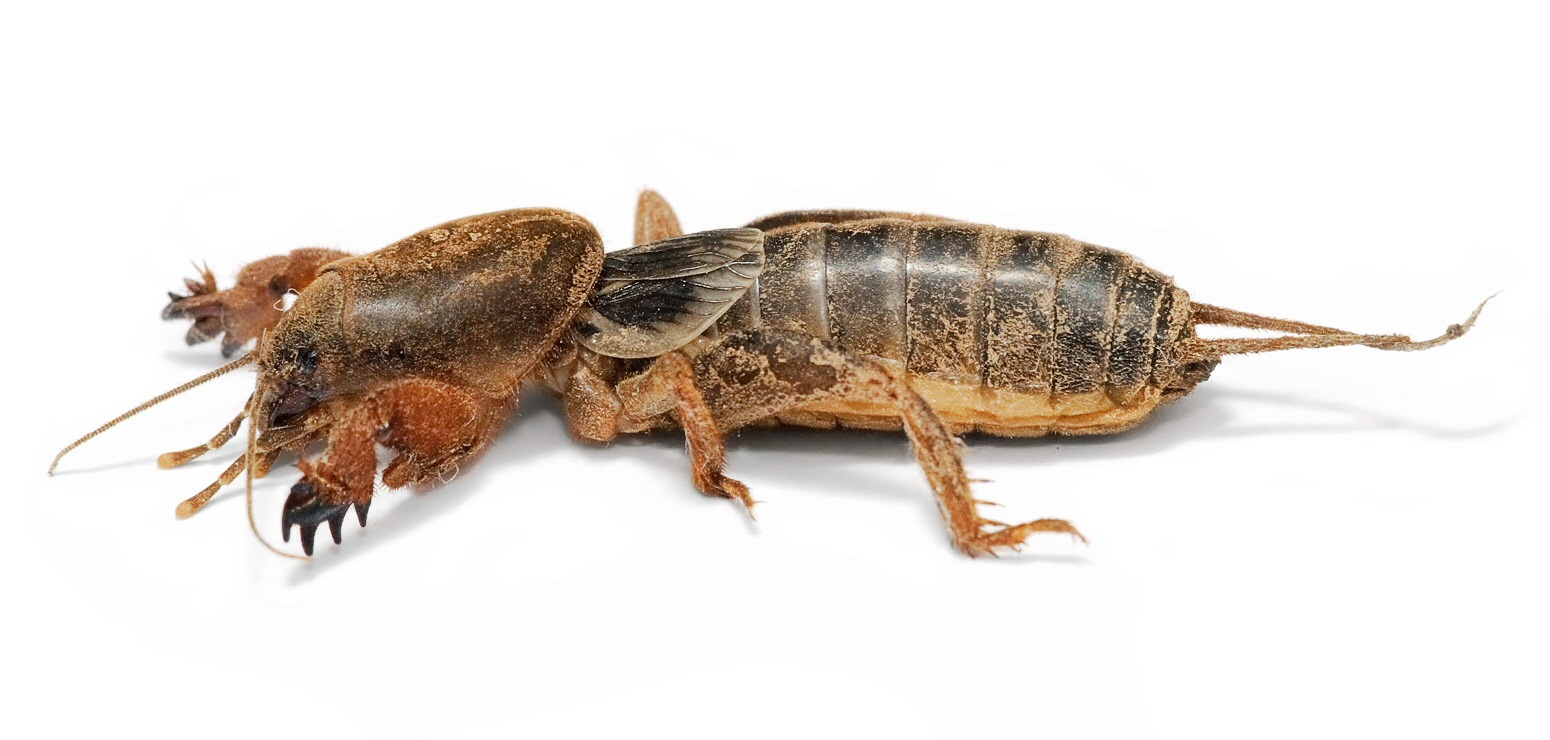|
Prophalangopsis
''Prophalangopsis'' is a South Asian insect genus, in the family Prophalangopsidae, related to katydids. There is one species, found in North India and the Tibetan Plateau The Tibetan Plateau (, also known as the Qinghai–Tibet Plateau or the Qing–Zang Plateau () or as the Himalayan Plateau in India, is a vast elevated plateau located at the intersection of Central, South and East Asia covering most of the Ti ...: *'' Prophalangopsis obscura'' References External links Ensifera Ensifera genera Monotypic Orthoptera genera {{Prophalangopsidae-stub ... [...More Info...] [...Related Items...] OR: [Wikipedia] [Google] [Baidu] |
Prophalangopsis Obscura
''Prophalangopsis obscura'' is an winged insect species found in North India and the Tibetan Plateau. It is one of only a few surviving species in the family Prophalangopsidae. F. Walker described it in 1869 from a single male specimen from India. Liu ''et al'' collected two possible female specimens in 2009. Bioacoustic modeling In 2022, researchers attempted to recreate the call that ''P. obscura'' would make with its legs by using 3D scanning, microscopy Microscopy is the technical field of using microscopes to view objects and areas of objects that cannot be seen with the naked eye (objects that are not within the resolution range of the normal eye). There are three well-known branches of micr ..., and a Laser Doppler vibrometer. Gallery Charlie Woodrow, Prophalangopsis obscura (2022).png, Charlie Woodrow, ''Prophalangopsis obscura'' (2022) The lateral habitus of a Prophalangopsis obscura (collected in India, Walker 1869).png, The lateral habitus of a ''P. obscur ... [...More Info...] [...Related Items...] OR: [Wikipedia] [Google] [Baidu] |
Prophalangopsidae
The family Prophalangopsidae are insects belonging to the order Orthoptera. They are the only extant members of the superfamily Hagloidea. There is only one extant genus in North America, where they are known as grigs, four genera in Asia, and many extinct genera (see below). The closest living relatives to the Prophalangopsidae are the family Tettigoniidae (katydids or bush-crickets), but the evolutionary split occurred more than 230 million years ago in the Permian. The female of the species consumes the wings of the male during mating. Haglidae is often used as a synonym of the family, but is used to refer to a distinct grouping of extinct hagloids by paleontologists. Subfamilies and genera The Orthoptera Species File lists the following: Archibald, Gu, and Mathewes (2022) removed the genera †'' Albertoilus'' and †'' Palaeorehnia'' from the family, moving them to a newly revised † Palaeorehniidae which they considered unplaced as to superfamily. * Cyphoderrinae Gor ... [...More Info...] [...Related Items...] OR: [Wikipedia] [Google] [Baidu] |
Insect
Insects (from Latin ') are pancrustacean hexapod invertebrates of the class Insecta. They are the largest group within the arthropod phylum. Insects have a chitinous exoskeleton, a three-part body (head, thorax and abdomen), three pairs of jointed legs, compound eyes and one pair of antennae. Their blood is not totally contained in vessels; some circulates in an open cavity known as the haemocoel. Insects are the most diverse group of animals; they include more than a million described species and represent more than half of all known living organisms. The total number of extant species is estimated at between six and ten million; In: potentially over 90% of the animal life forms on Earth are insects. Insects may be found in nearly all environments, although only a small number of species reside in the oceans, which are dominated by another arthropod group, crustaceans, which recent research has indicated insects are nested within. Nearly all insects hatch from eggs ... [...More Info...] [...Related Items...] OR: [Wikipedia] [Google] [Baidu] |
Katydid
Insects in the family Tettigoniidae are commonly called katydids (especially in North America), or bush crickets. They have previously been known as "long-horned grasshoppers". More than 8,000 species are known. Part of the suborder Ensifera, the Tettigoniidae are the only extant (living) family in the superfamily Tettigonioidea. They are primarily nocturnal in habit with strident mating calls. Many species exhibit mimicry and camouflage, commonly with shapes and colors similar to leaves. Etymology The family name Tettigoniidae is derived from the genus '' Tettigonia'', first described by Carl Linnaeus in 1758. In Latin ''tettigonia'' means a kind of small cicada, leafhopper; it is from the Greek τεττιγόνιον ''tettigonion'', the diminutive of the imitative (onomatopoeic) τέττιξ, ''tettix'', cicada. All of these names such as ''tettix'' with repeated sounds are onomatopoeic, imitating the stridulation of these insects. The common name ''katydid'' is also onomat ... [...More Info...] [...Related Items...] OR: [Wikipedia] [Google] [Baidu] |
North India
North India is a loosely defined region consisting of the northern part of India. The dominant geographical features of North India are the Indo-Gangetic Plain and the Himalayas, which demarcate the region from the Tibetan Plateau and Central Asia. The term North India has varying definitions. The Ministry of Home Affairs in its Northern Zonal Council Administrative division included the states of Haryana, Himachal Pradesh, Punjab and Rajasthan and Union Territories of Chandigarh, Delhi, Jammu and Kashmir and Ladakh. The Ministry of Culture in its ''North Culture Zone'' includes the state of Uttarakhand but excludes Delhi whereas the Geological Survey of India includes Uttar Pradesh and Delhi but excludes Rajasthan and Chandigarh. Other states sometimes included are Bihar, Gujarat, Jharkhand, Madhya Pradesh and West Bengal. North India has been the historical centre of the Mughal Empire, the Delhi Sultanate and the British Indian Empire. It has a diverse c ... [...More Info...] [...Related Items...] OR: [Wikipedia] [Google] [Baidu] |
Tibetan Plateau
The Tibetan Plateau (, also known as the Qinghai–Tibet Plateau or the Qing–Zang Plateau () or as the Himalayan Plateau in India, is a vast elevated plateau located at the intersection of Central, South and East Asia covering most of the Tibet Autonomous Region, most of Qinghai, western half of Sichuan, Southern Gansu provinces in Western China, southern Xinjiang, Bhutan, the Indian regions of Ladakh and Lahaul and Spiti (Himachal Pradesh) as well as Gilgit-Baltistan in Pakistan, northwestern Nepal, eastern Tajikistan and southern Kyrgyzstan. It stretches approximately north to south and east to west. It is the world's highest and largest plateau above sea level, with an area of (about five times the size of Metropolitan France). With an average elevation exceeding and being surrounded by imposing mountain ranges that harbor the world's two highest summits, Mount Everest and K2, the Tibetan Plateau is often referred to as "the Roof of the World". The Tibetan Platea ... [...More Info...] [...Related Items...] OR: [Wikipedia] [Google] [Baidu] |
Ensifera
Ensifera is a suborder of insects that includes the various types of crickets and their allies including: true crickets, camel crickets, bush crickets or katydids, grigs, weta and Cooloola monsters. This and the suborder Caelifera (grasshoppers and their allies) make up the order Orthoptera. Ensifera is believed to be a more ancient group than Caelifera, with its origins in the Carboniferous period, the split having occurred at the end of the Permian period. Unlike the Caelifera, the Ensifera contain numerous members that are partially carnivorous, feeding on other insects, as well as plants. ''Ensifer'' is Latin for "sword bearer", and refers to the typically elongated and blade-like ovipositor of the females. Characteristics Characteristics shared by the two orthopteran suborders, Caelifera and Ensifera, are the mouthparts adapted for biting and chewing, the modified prothorax, the hind legs modified for jumping, the wing shape and venation, and the sound-producing strid ... [...More Info...] [...Related Items...] OR: [Wikipedia] [Google] [Baidu] |




